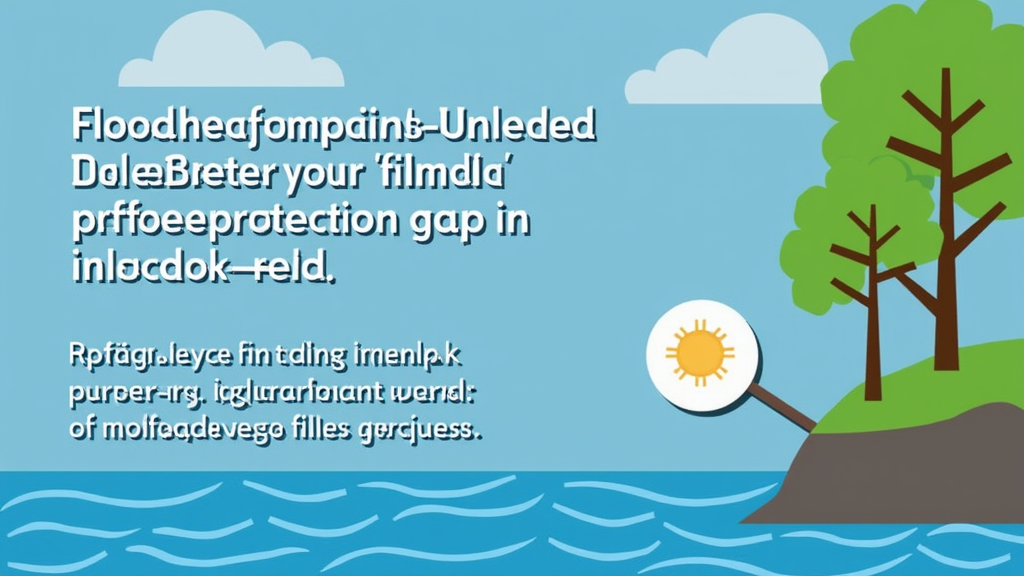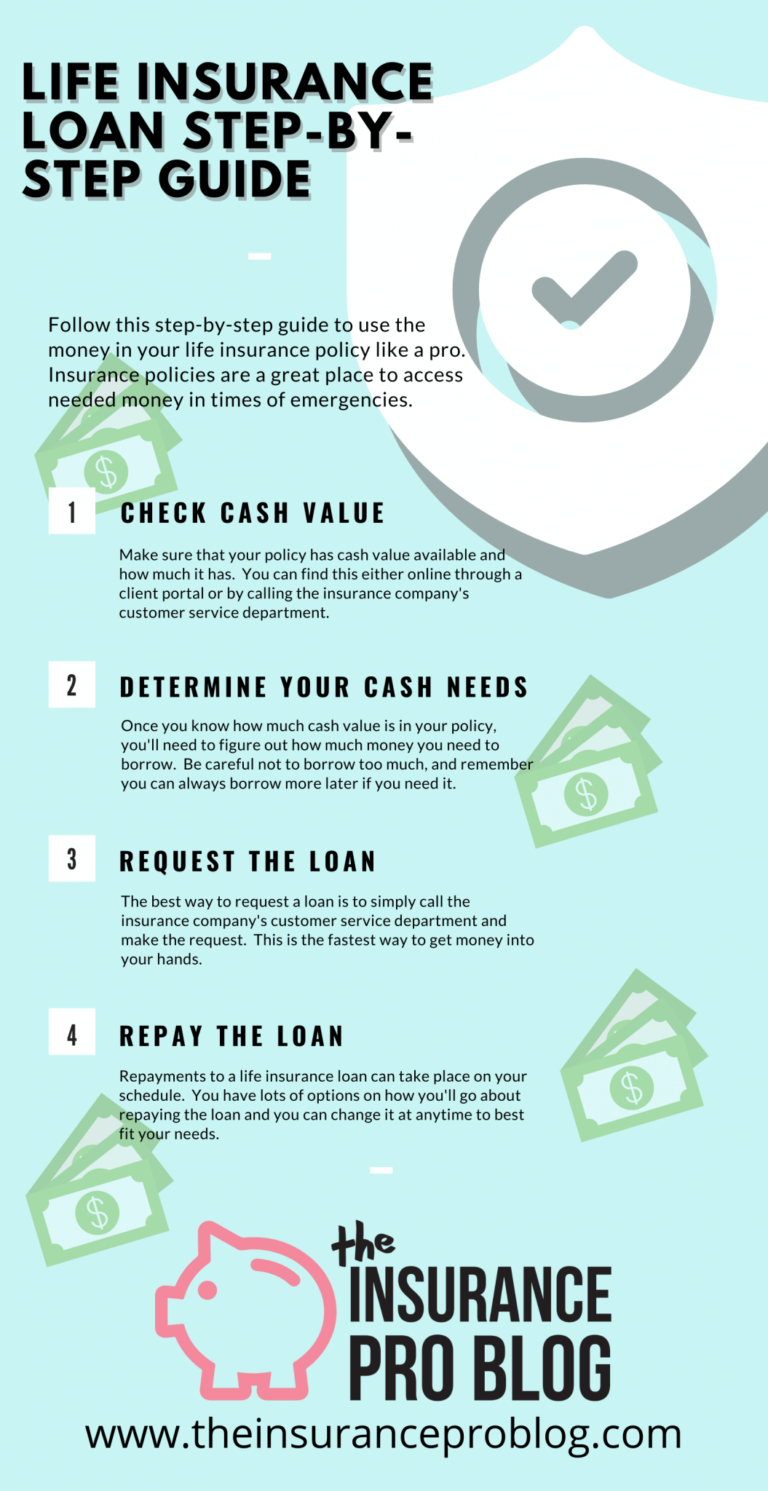Flood Insurance: Addressing the Protection Gap After Helene
Flood insurance is an essential safeguard for homeowners in flood-prone areas, especially in the wake of devastating events like Hurricane Helene, which underscored the urgent need for effective flood risk management. With the increasing frequency of severe weather events, more families are realizing the importance of protecting their homes from potential flood damage. The flood protection gap remains a pressing issue, particularly in inland regions that often underestimate their vulnerability to flooding. Private flood insurance options are becoming more available, offering homeowners additional avenues to secure their properties against the devastating impacts of floods. As communities continue to rebuild and invest in resilience, understanding the nuances of flood insurance could be the key to safeguarding lives and livelihoods against future disasters.
Understanding flood insurance, often referred to as flood protection coverage, is crucial for homeowners situated in vulnerable regions, particularly as natural disasters become more unpredictable. Terms like flood risk management and private flood insurance are increasingly relevant for families looking to bolster their defenses against catastrophic weather events. The recent experiences of regions affected by hurricanes and heavy rainfall highlight the need for resilience investment in flood-prone areas. Many individuals remain unaware of the limitations of standard homeowners policies, which typically exclude flood-related damages, highlighting the importance of education around this topic. Bridging the flood protection gap through informed decisions and investments will be vital for communities aiming to mitigate risks associated with flooding.
Understanding the Flood Protection Gap
The flood protection gap refers to the disparity between the level of flood risk faced by communities and the amount of flood insurance coverage they possess. Hurricane Helene starkly highlighted this issue, particularly in inland areas that traditionally have low flood insurance uptake. For example, in Buncombe County, less than 1% of residents had federal flood insurance at the time of the hurricane, leaving them vulnerable to the catastrophic impacts of flooding. This gap is concerning, especially as urban development continues to expand into high-risk zones, necessitating a reevaluation of flood risk management strategies.
Addressing the flood protection gap requires a multi-faceted approach that includes increasing public awareness about flood insurance and its importance. Many homeowners mistakenly believe that their standard homeowners insurance policies cover flood damage, which is not the case. Educational campaigns aimed at clarifying these misconceptions are essential. Furthermore, policymakers must consider innovative solutions, such as incentivizing private flood insurance options, to encourage homeowners to protect themselves against potential flood disasters.
The Role of Private Flood Insurance
Private flood insurance has emerged as a crucial alternative to federal flood policies, especially in light of recent natural disasters like Hurricane Helene. As private insurers have begun to embrace flood risk, there has been a notable shift in the marketplace. Prior to 2016, less than 13% of flood coverage was provided by private insurers, but regulatory changes and improved risk assessment tools have allowed these companies to expand their offerings significantly. This trend is vital, as private flood insurance can help bridge the flood protection gap by providing coverage options tailored to individual homeowner needs.
Moreover, the acceptance of private flood insurance by mortgage lenders marks a significant development in flood risk management. With the ability to use private policies to satisfy lending requirements, homeowners are more likely to explore these options, leading to increased coverage rates. This shift not only enhances financial security for homeowners but also promotes a more competitive insurance market, potentially driving down costs through increased participation.
Investing in Flood Resilience
Investment in flood resilience is essential for communities facing increased flooding risks due to climate change and urbanization. Resilience investment encompasses not only the physical infrastructure improvements necessary to withstand flooding but also community preparedness and education initiatives. Successful examples, like the communities of Babcock Ranch and Hunters Point in Florida, demonstrate how strategic planning and investment can mitigate the impact of severe weather events. These communities were designed with sustainability in mind, showcasing the effectiveness of proactive measures in protecting residents from disasters.
In addition to infrastructure, public-private partnerships play a vital role in promoting resilience investment. Collaborative efforts can lead to innovative funding solutions and shared resources, ultimately enhancing flood protection strategies across vulnerable regions. As more people move into high-risk areas, the need for comprehensive flood risk management frameworks will only grow. By prioritizing resilience investments and fostering partnerships, communities can better prepare for and recover from future flooding events.
The Importance of Homeowner Awareness
Homeowner awareness about flood insurance and flood risk management is paramount to reducing the overall flood protection gap. Many individuals mistakenly believe that they are not at risk for flooding, especially in inland areas that have historically seen less flooding. This lack of understanding often leads to insufficient insurance coverage, leaving homeowners vulnerable during extreme weather events. Educational outreach can empower homeowners to make informed decisions regarding flood insurance, which is critical in today’s climate.
Furthermore, it is important for homeowners to understand that flood insurance is not just a requirement imposed by mortgage lenders; it is a necessary safeguard against devastating financial losses. The misconception that flood insurance is only needed in coastal areas must be challenged with data and real-life examples, such as the impacts of Hurricane Helene. By increasing awareness and clarifying the necessity of flood coverage, communities can significantly improve their resilience against future flooding disasters.
Preparing for Future Flood Events
Preparation for future flood events is essential as climate change continues to alter weather patterns and increase the frequency of severe storms. Communities must take proactive steps to enhance their flood risk management strategies, including updating infrastructure and improving emergency response plans. Proactive measures, such as creating flood zones and investing in green infrastructure, can significantly reduce the impact of flood events and safeguard lives and property.
Community engagement is also critical in preparing for future floods. Local governments and organizations should involve residents in discussions about flood risks and encourage community-led initiatives to enhance resilience. By fostering a culture of preparedness, communities can ensure that all members are equipped with the knowledge and resources needed to respond effectively to flooding, ultimately reducing the potential for disaster.
The Impact of Hurricane Helene on Inland Areas
Hurricane Helene’s impact in September 2024 serves as a stark reminder of the vulnerability of inland areas to flooding. Traditionally, these regions may have been perceived as safe from flood risks, but the devastation caused by Helene revealed that no area is immune. The storm unleashed unprecedented amounts of rain, leading to severe flooding, fatalities, and significant economic losses. This event has prompted a critical reevaluation of flood risk management practices in areas that have previously been overlooked.
The aftermath of Hurricane Helene highlights the need for better flood preparedness and the importance of private flood insurance as a means of protection. Many inland residents were caught off guard, as evidenced by the low number of federal flood insurance policies in regions like Buncombe County. As communities begin to recover, there is an urgent need for education on flood risks and insurance options to prevent similar tragedies in the future.
Lessons Learned from Hurricane Ida
The experiences of New York, New Jersey, and Pennsylvania during Hurricane Ida in August 2021 offer crucial lessons for flood risk management in the wake of Hurricane Helene. The remnants of Ida resulted in catastrophic flooding, overwhelming urban infrastructure and leading to loss of life. The fact that less than 5% of the affected population had flood insurance underscores the critical need for improved awareness and accessibility of flood coverage options in urban areas.
These lessons highlight the importance of integrating flood risk management into urban planning and development. As populations continue to grow in urban environments, cities must prioritize infrastructure improvements and flood resilience investments to protect residents from future flooding disasters. By learning from past events, communities can better prepare and implement effective strategies to mitigate flood risks.
Federal Emergency Management Agency’s Role in Flood Risk Management
The Federal Emergency Management Agency (FEMA) plays a pivotal role in flood risk management across the United States, particularly through its National Flood Insurance Program (NFIP). Established to provide flood insurance coverage, the NFIP is crucial for homeowners in high-risk areas. However, as recent events have shown, reliance on NFIP alone is insufficient to address the growing flood protection gap. FEMA’s efforts must be complemented by increased participation from private insurers and local initiatives to enhance overall flood resilience.
FEMA’s authority also extends to disaster response and recovery efforts, which are critical during and after significant flooding events. The agency’s ability to assess damage and allocate resources effectively can greatly influence the recovery process for affected communities. In the aftermath of disasters like Hurricane Helene, FEMA’s data and resources can help inform future flood risk management strategies and ensure that communities are better prepared for the next storm.
Building Sustainable Communities Against Flood Risks
Creating sustainable communities that can withstand flood risks involves a comprehensive approach to urban planning and development. This includes incorporating nature-based solutions such as wetlands restoration and green infrastructure, which can absorb excess rainwater and mitigate flooding. Additionally, communities must focus on resilience investments that prioritize sustainability in building design and land use planning. These efforts not only enhance flood protection but also contribute to the overall health of the environment.
Sustainable community development also involves engaging residents in the process of flood risk management. By encouraging community participation in planning initiatives, local governments can ensure that the needs and concerns of residents are addressed. This collaborative approach fosters a sense of ownership and responsibility among community members, ultimately leading to more effective flood resilience strategies and a stronger collective response to future flooding events.
Frequently Asked Questions
What is flood insurance and why is it important for homeowners?
Flood insurance is a type of property insurance specifically designed to cover losses due to flooding. It is crucial for homeowners, especially in areas prone to flooding, as standard homeowners insurance policies typically do not cover flood damage. The devastation from events like Hurricane Helene highlights the importance of flood insurance in protecting investments and mitigating financial losses during natural disasters.
How did Hurricane Helene impact flood insurance coverage in the U.S.?
Hurricane Helene, which struck in September 2024, revealed significant gaps in flood insurance coverage, particularly in inland regions. Many homeowners in affected areas, like Buncombe County, had little to no flood insurance, underscoring the need for increased awareness and investment in flood risk management. The disaster prompted discussions on improving flood insurance uptake to better protect communities from future flooding events.
What is the flood protection gap and how does it relate to flood insurance?
The flood protection gap refers to the disparity between the amount of flood damage covered by insurance and the actual risk of flooding faced by homeowners. Events like Hurricane Helene demonstrated this gap, particularly in non-coastal regions where less than 1% of residents had federal flood insurance. Bridging this gap is essential for enhancing community resilience and ensuring that homeowners are adequately protected.
Can homeowners rely on private flood insurance as an alternative to federal flood insurance?
Yes, homeowners can rely on private flood insurance as a viable alternative to federal flood insurance provided by the NFIP. The private flood insurance market has expanded significantly since 2016, offering more options to homeowners. This evolution is crucial for addressing the flood protection gap, especially as private insurers become more comfortable with flood risk due to improved data and analytics.
What steps can homeowners take to improve their flood resilience beyond purchasing flood insurance?
Homeowners can improve their flood resilience through various measures such as investing in flood mitigation strategies, elevating their homes, and participating in community planning for flood risk management. Awareness and proactive investment in resilience initiatives, as seen in communities like Babcock Ranch, can significantly reduce potential losses from flooding and enhance overall safety.
How do federal and private flood insurance policies differ in terms of coverage?
Federal flood insurance policies, primarily through the NFIP, often have set coverage limits and requirements. In contrast, private flood insurance may offer more flexible terms, higher coverage limits, and additional options tailored to specific risks. Homeowners should compare both types of insurance to determine which best fits their needs, especially in light of the evolving flood risk landscape.
What role do public-private partnerships play in enhancing flood insurance availability?
Public-private partnerships are essential in enhancing flood insurance availability by combining resources, expertise, and data from both sectors. These collaborations can lead to innovative solutions for flood risk management, improved insurance products, and increased community resilience, ultimately helping to close the flood protection gap and protect vulnerable areas from future flooding.
Why is there a low uptake of flood insurance in inland areas despite the high risk of flooding?
The low uptake of flood insurance in inland areas is largely due to consumer misunderstandings about the coverage, such as the belief that standard homeowners policies include flood damage. Additionally, many homeowners do not see flood insurance as necessary unless mandated by mortgage lenders, resulting in insufficient coverage in areas vulnerable to flooding, as evidenced by the experiences following Hurricane Helene.
How can homeowners stay informed about their flood risk and insurance options?
Homeowners can stay informed about their flood risk and insurance options by engaging with local government resources, attending community meetings, and utilizing online tools that assess flood risk. Additionally, consulting with insurance agents who specialize in flood coverage can help homeowners understand their options and encourage proactive investment in flood resilience.
What are some effective flood mitigation strategies that communities can implement?
Communities can implement effective flood mitigation strategies such as enhancing drainage systems, restoring wetlands, constructing levees, and promoting sustainable land use planning. These strategies not only reduce the risk of flooding but also improve the overall resilience of the community, making it better prepared for extreme weather events like hurricanes.
| Key Points |
|---|
| Hurricane Helene’s impact highlighted inland flooding vulnerabilities. |
| Private insurers are increasing flood coverage in response to risks. |
| Less than 1% of Buncombe County residents had federal flood insurance during Helene. |
| 90% of U.S. natural disasters involve flooding, yet many homeowners lack coverage. |
| Private flood insurance market growth has occurred since regulatory changes in 2019. |
| Investment in flood resilience is essential to mitigate future risks and losses. |
| Successful resilient communities demonstrate the effectiveness of sustainable designs. |
Summary
Flood insurance is increasingly crucial as climate change exacerbates the frequency and severity of flooding events. The recent devastation caused by Hurricane Helene and other storms has underscored the urgent need for homeowners, especially in inland areas, to understand and invest in flood insurance. With many homeowners unaware that standard policies do not cover flood damage, there is a significant protection gap that private insurers are beginning to fill. However, mere insurance coverage is not enough; communities must also focus on resilience and mitigation strategies to effectively combat the growing flood risk. Investing in sustainable infrastructure and public-private partnerships will be vital to safeguarding lives and properties against future flooding disasters.








I was looking through some of your content on this internet site and I believe
this site is really instructive! Keep putting up.